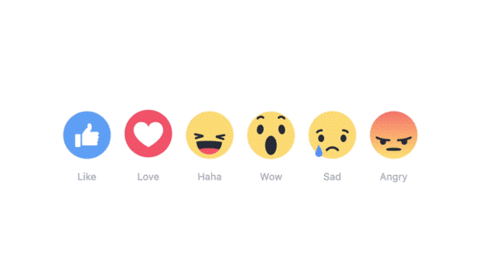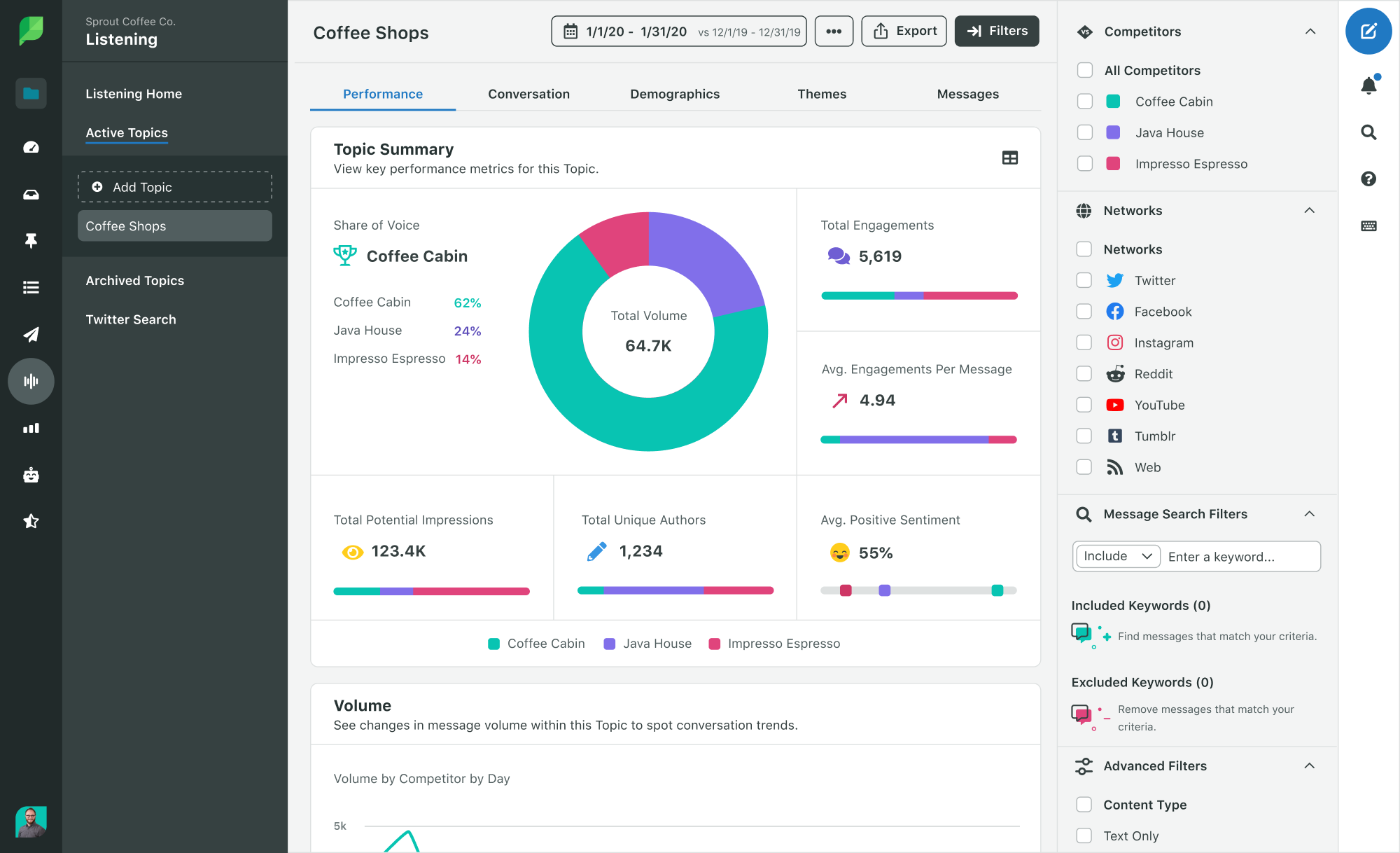As business owners and entrepreneurs look to harness the power of social media in a shifting digital landscape, they will need to have an excellent grasp of social media fundamentals and keep up with evolving social media trends.
Social media platforms and channels continue to evolve, challenging businesses to adjust social strategies to capture the attention of target audiences, build brand visibility and generate leads. As business owners and entrepreneurs look to harness the power of social media in a shifting digital landscape, they will need to have an excellent grasp of social media fundamentals and keep up with evolving social media trends.
The sheer number of social media users makes a compelling case for businesses to increase their social media acumen. As of April 2021, social media platform users reached a global total of 4.33 billion – that equates to more than half the world’s population which stood at 7.85 billion at the start of April 2021.
On average, users spend nearly 2.5 hours on social media. Much of this time is spent on the larger social networks such as Facebook, Instagram, Twitter and TikTok. This captive audience provides business owners and entrepreneurs a powerful opportunity to reach and connect with key stakeholders. The most effective way for business owners and entrepreneurs to do this is by adhering to best practices when it comes to social media fundamentals and making it a priority to keep up with evolving social media trends. The following are a few of the social media fundamentals and trends every business owner should either master or be aware of.
Know your audience
Today, competition for capturing the attention of target audiences on social media platforms is fierce. And, considering that according to one oft cited study, the average human attention span is eight seconds which is less than the reported 9-second attention span of a goldfish, brands don’t have much time to attract notice.
Competition for mind share and dwindling attention spans make it critically important for brands to understand who their audience is to most effectively connect and engage with them.
The process of knowing the audience includes determining what social media platforms they most use and researching what their ‘pain points’ are, what their needs and wants are and what content will most appeal to them. Surveys, customer data and social media analytics can help companies refine social media strategies to ensure the right audience is targeted with content that is relevant and personalized to them.
Find brand voice
Brand voice is defined as the distinct personality a brand takes on in its communications. A strong social media strategy starts with companies knowing who they are and what they represent. According to a Sprout Social Index survey, brands that stood out more to consumers on social media had more memorable content (40%), had a distinct personality (33%) and told compelling stories (32%). Sprout Social noted that “in all three of these aspects, brand voice plays a significant role. You can’t have a distinct personality without a distinct brand voice.”
Developing an authentic voice aligned with company branding develops trust and recognition with audiences, allows key stakeholders to get a clear sense of company values and connects audiences more deeply to brand messaging.
Consistently post content
An intentional social media strategy that focuses on posting content consistently keeps audiences engaged, develops loyal followers and boosts brand awareness. In the social media realm, lack of consistency is a sure way to lose audience interest.
Research from Hootsuite revealed the ideal number of times a day (or week) to post for each platform:
- On Instagram, post between 3-7 times per week.
- On Facebook, post between 1 and 2 times a day.
- On Twitter, post between 1 and 5 Tweets a day.
- On LinkedIn, post between 1 and 5 times a day.
To stay on top of posting regularly, business owners can develop a social media content calendar as a tool for scheduling out social posts each month. This strategy can help businesses plan for and tie social posts to holidays, recognitions and upcoming events. Using a content calendar to develop a consistent cadence of posting also allows companies to analyse what content is working and what is not so that the content strategy can be fine-tuned across platforms to ensure that posts most effectively resonate with and engage target audiences.
Engage in social listening
Social listening allows companies to monitor and analyse digital interactions and conversations related to company, product, competitor and industry mentions across social media channels. Talkwalker notes that social media listening gives companies the view from 30,000 feet by “pulling conversations from social media and analysing the conversations in aggregate for insights.”
Social listening can help companies understand whether mentions are increasing or decreasing in a given month, whether people are engaging with content, what is trending related to a specific industry or topic and whether sentiment/feedback is positive or negative.
Now let’s take a look at some evolving social media trends.
Video
The popularity of video content on social media will continue to grow. Consider that on average, more than 100 million video hours are watched per day on Facebook and according to data from Limelight Networks, user generated content such as videos on social media significantly increased in popularity, doubling over the past year to four hours per week.
Video content is also going short form. The fact is, most social media users don’t have time to watch videos that are longer than a few minutes, making the optimum length for these shorter videos about 90 seconds or less. Audience preference for short form video content is a major reason for the surge in popularity of video-sharing app TikTok which reached 1 billion active global users in September 2021.
Stories
Immersive and interactive, stories remain one of the most popular features on social media. The personal and ephemeral nature of these 10-15 second photo or video posts make them more compelling to audiences than newsfeeds. They are typically a vehicle for brands to more casually share the inside scoop on company updates and showcase products and services.
Instagram is one of the most popular platforms for this feature, reporting 500 million daily active Stories users worldwide in 2019. Currently, 9 other social media platforms have their own version of stories available including business networking platform LinkedIn.
Live stream
Live streaming is trending on social media now. Companies are using this approach to stream behind-the-scenes content, announce new products, demonstrate products, give facility tours and host live Q&A sessions. Live streams also allow businesses to inject more personality into their social media with challenges and giveaways as well as surveys and polls.
As a tool for real-time engagement, live streaming is a great way to increase brand awareness, improve and enhance communication with target audiences and gain a deeper understanding of audience interests.
Entrepreneur Leadership Network Contributor











